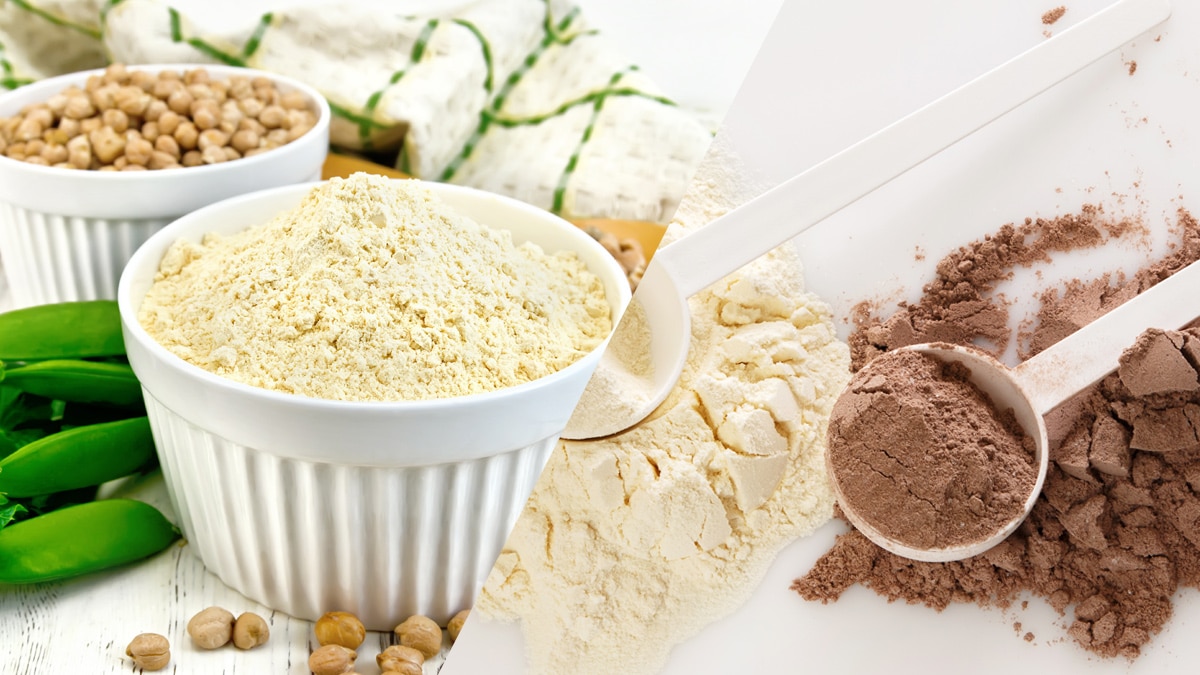What food is popular with those who want to add muscle mass as well with those who want to lose weight? Which type of protein is equally important for infants as also for older adults? You guessed it right, it is whey protein.
Milk contains a number of specific proteins, primary protein being the casein. Basically, when casein is removed from milk, the protein left in the milk is whey protein. Whey is the watery portion of milk that separates from the curds when making cheese or when making paneer. Whey protein contains all nine essential amino acids and it is also low in lactose content. So it is the ideal source of protein for the young and old, the thin and the fat, as well as for those who are healthy or those who are recuperating from a disease.
Whey Proteins in Milk
Major whey proteins in milk are:
- Beta-lactoglobulin – although no definitive function is attributed to this protein, scientists believe it functions primarily for binding fatty acids and retinol.
- Alpha-lactalbumin – this protein is essential for milk synthesis.
Other whey proteins include :
- Immunoglobulins – these are antibodies especially high in colostrum
- Serum proteins
Whey is a rich source of amino acids leucine, isoleucine and valine. These amino acids help in the process of protein synthesis; consequently, they help in repair and growth of muscle tissue. That’s why whey protein is so popular with bodybuilders and athletes.
Another important amino acid in whey is cysteine. This amino acid helps boost the immune system.
Apart from the above mentioned, whey proteins also have many enzymes, hormones, growth factors, disease resistance factors, and other important components.
Another plus point for whey protein is that our body absorbs more whey protein than most other forms of protein, that is, they have high bioavailability. This is the reason infants and seniors alike can digest this protein easily.
Forms of Whey Protein
There are three forms of whey protein:
- Concentrate – This form of whey protein contains fat, lactose, and proteins in the range of 25 to 89 percent. Therefore, they are digested more slowly.
- Isolate – This form of whey protein contains almost no fat and lactose, and their protein content ranges from 90 to 95 percent. It is a rapidly digestible form of whey protein.
- Hydrolysate – This is the most digestible form of whey protein because hydrolysates are formed by breaking down the amino acids further into peptides. This is the fastest way we can provide our muscles with amino acids.


